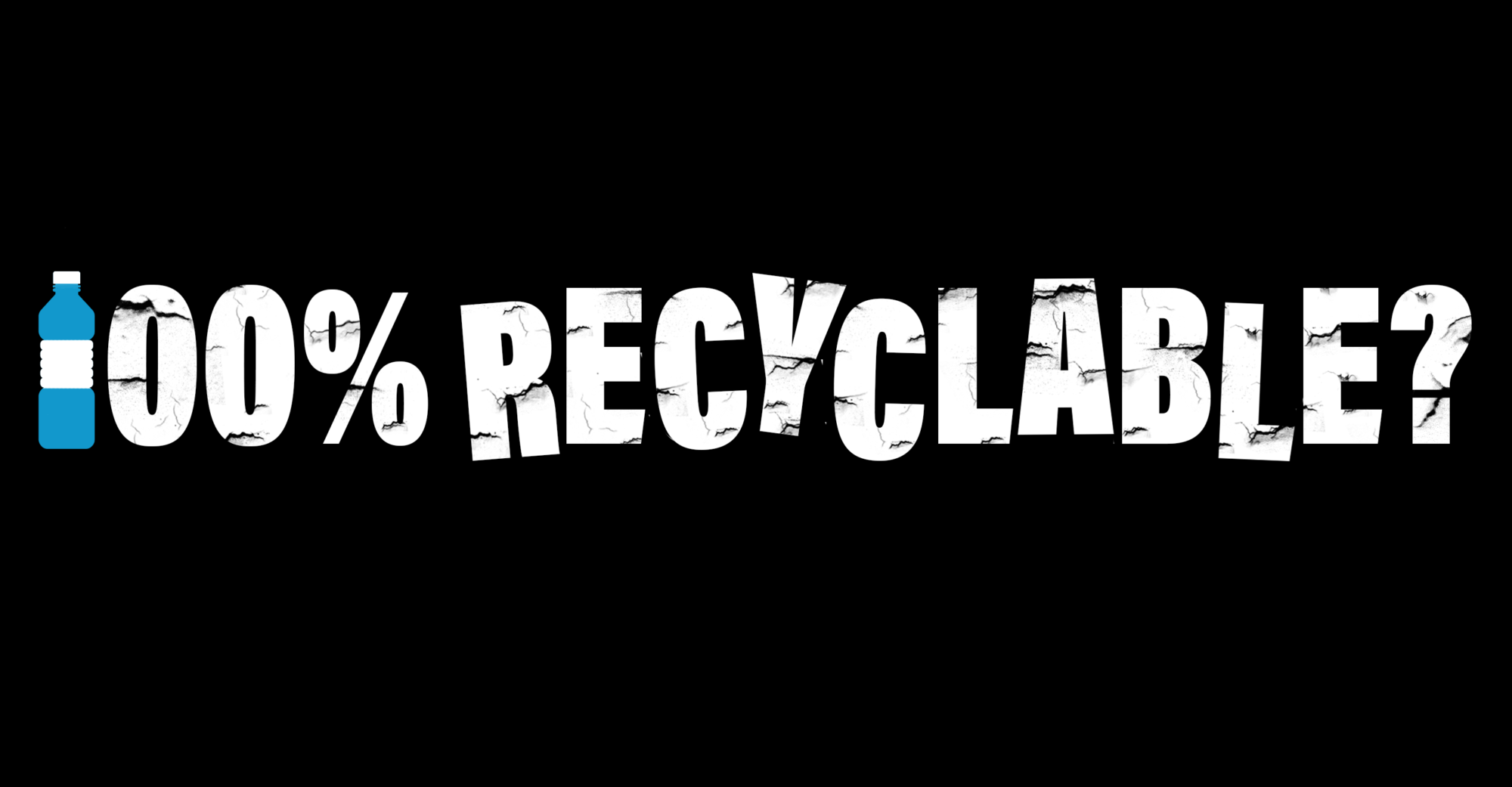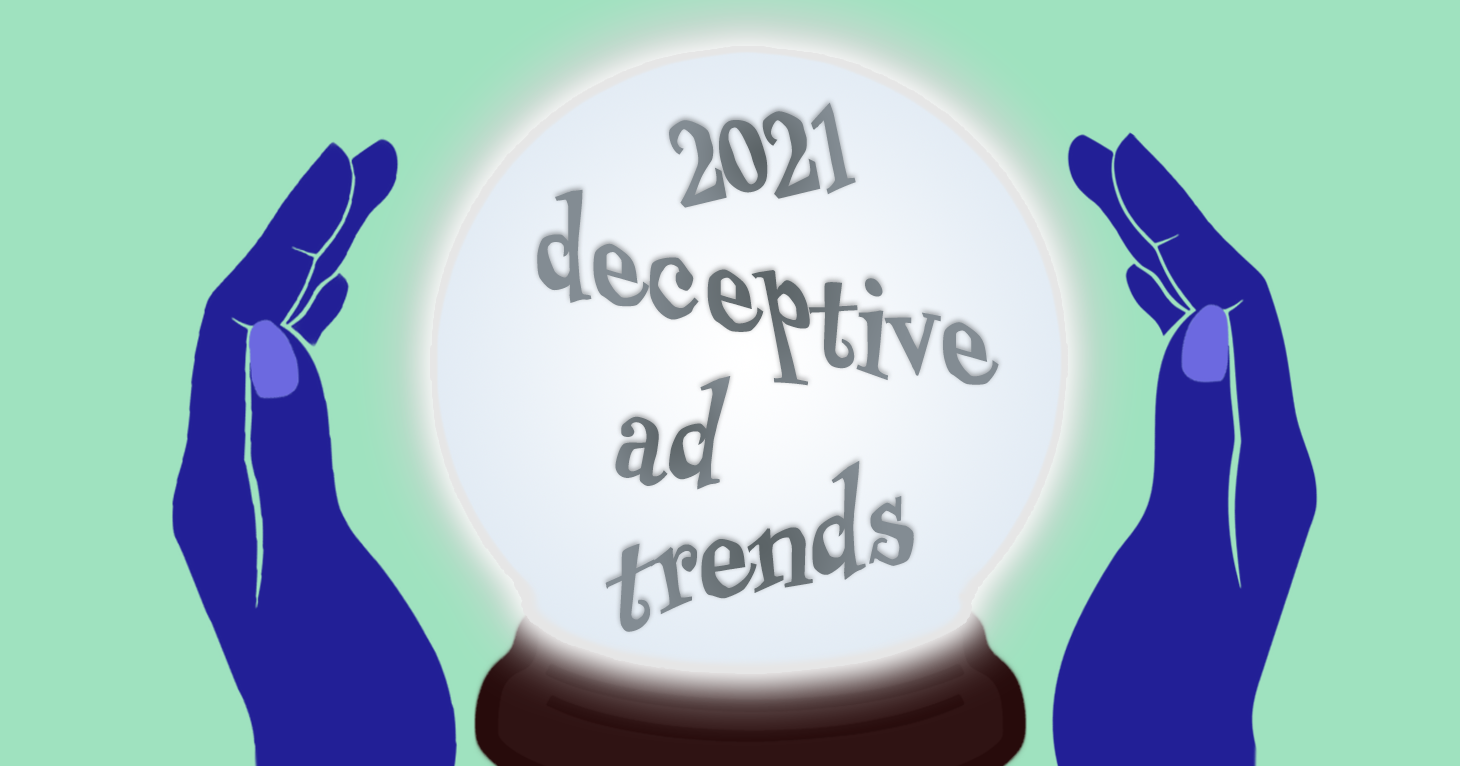
Companies Accused of Greenwashing
When companies green it, they better mean it.
Since at least the 1920s, the coal industry has been trying to convince consumers that coal is clean. In recent years, pro-coal advocates have focused on painting opponents as environmental extremists, while at the same time touting job creation, national pride, and the environmental benefits that new clean coal technologies could have.
President Donald Trump is promising to revive the coal industry. He has rolled back environmental regulations such as the Clean Power Plan that is designed to protect the environment and combat global warming. The federal Energy Information Administration (EIA) has projected that Trump’s actions could halt the decline of coal as a source of electricity.

But how clean can coal power really ever be?
Coal is an important source of energy because it has, so far, been abundant, efficient, and inexpensive. But electricity from coal also comes with a whole host of environmental issues. It is the second biggest source of greenhouse gas emissions, according to the EIA. Coal ash is also one of the largest waste streams in the U.S. Among the issues noted by such groups as the Union of Concerned Scientists are:
Coal industry forced to reduce emissions
Since the EPA passed the Clean Air Act in 1970, the coal industry has taken steps to reduce emissions, such as washing the coal to reduce sulfur content before it’s burned. Its newest push is toward Carbon Capture and Storage (CCS) technology, also known as carbon sequestration. The basic idea of CCS is to capture the carbon dioxide emitted before or after the coal burning process and store it deep underground, where the pressure of the earth keeps it liquidized for thousands of years. Since coal contributes to about half the excess carbon in the earth’s atmosphere, this technology could theoretically go a long way toward slowing global warming.
Cleaning up its image
Advertisements for clean coal have focused on affordability and technology that reduces emissions. For example, a recent one sponsored by Peabody Energy touts coal as clean, reliable power. Another ad, sponsored by the American Coalition for Clean Coal Electricity, focuses on coal’s affordability.
What the ads don’t disclose
The problem with these ads isn’t so much what they include, which is mostly true, but what they leave out. For one thing, the “centuries of affordable electricity” claim is a stretch. There are vast coal reserves under American soil, but they are getting more difficult and more expensive to mine. David Rutledge, an electrical-engineering professor at the California Institute of Technology who has studied global coal production, told The Wall Street Journal:
U.S. has about half as much recoverable reserves as the government says, which would work out to about 120 years worth. And mining companies report they have to dig deeper and move more earth to extract coal from aging mines, driving up costs.
And while America’s first major scale coal plant that captures carbon dioxide emissions opened in January 2017 outside Houston, carbon sequestration technology is actually not in widespread use. That’s because it’s expensive. Carbon capture represents more than a third of the total costs of power generated from coal, making it prohibitive when competing with other energy sources such as natural gas. (Peabody Energy declared bankruptcy in 2016 as its investments in clean coal faltered.)
Some plants with carbon capturing technology that have come online have struggled. A $1.1 billion plant in Canada was found to have been working at just 45 percent capacity and falling short of its emissions targets.
Also, the process itself creates some environmental issues. In order to create enough energy to capture the carbon dioxide, even more coal will have to be burned—around 25 percent more.
Furthermore, there is no guarantee that the carbon dioxide will stay safely buried the way it’s supposed to.
The ads also lead consumers to believe that clean coal might be a leading solution when natural gas, nuclear power, and renewable sources like wind and solar are more viable options for the environment. Nor do they talk about cap and trade programs to help keep consumption in check.
Takeaway?
Under President Trump, coal is once again in the spotlight and the industry is pushing for a comeback. The administration is lifting carbon dioxide limits on power plants and curbs on their use of coal that would have required them to use cleaner energy sources such as natural gas or solar power. Trump also signed a measure overturning a rule that blocked coal mining debris from being dumped into nearby streams, a rule the Interior Department under Obama said would protect thousands of acres of forests and 6,000 miles of streams.
So marketing coal as clean, especially amid deregulation of environmental protection polices may be akin to, dare we say it, an alternative fact.
This story was originally posted on 4/22/13 and updated.
When companies green it, they better mean it.
Bottled-water brands mislead consumers who want to “do their part” and recycle, class-action lawsuits allege.
From fairwashing to fragrance, consumers have plenty to watch out for in 2021.


